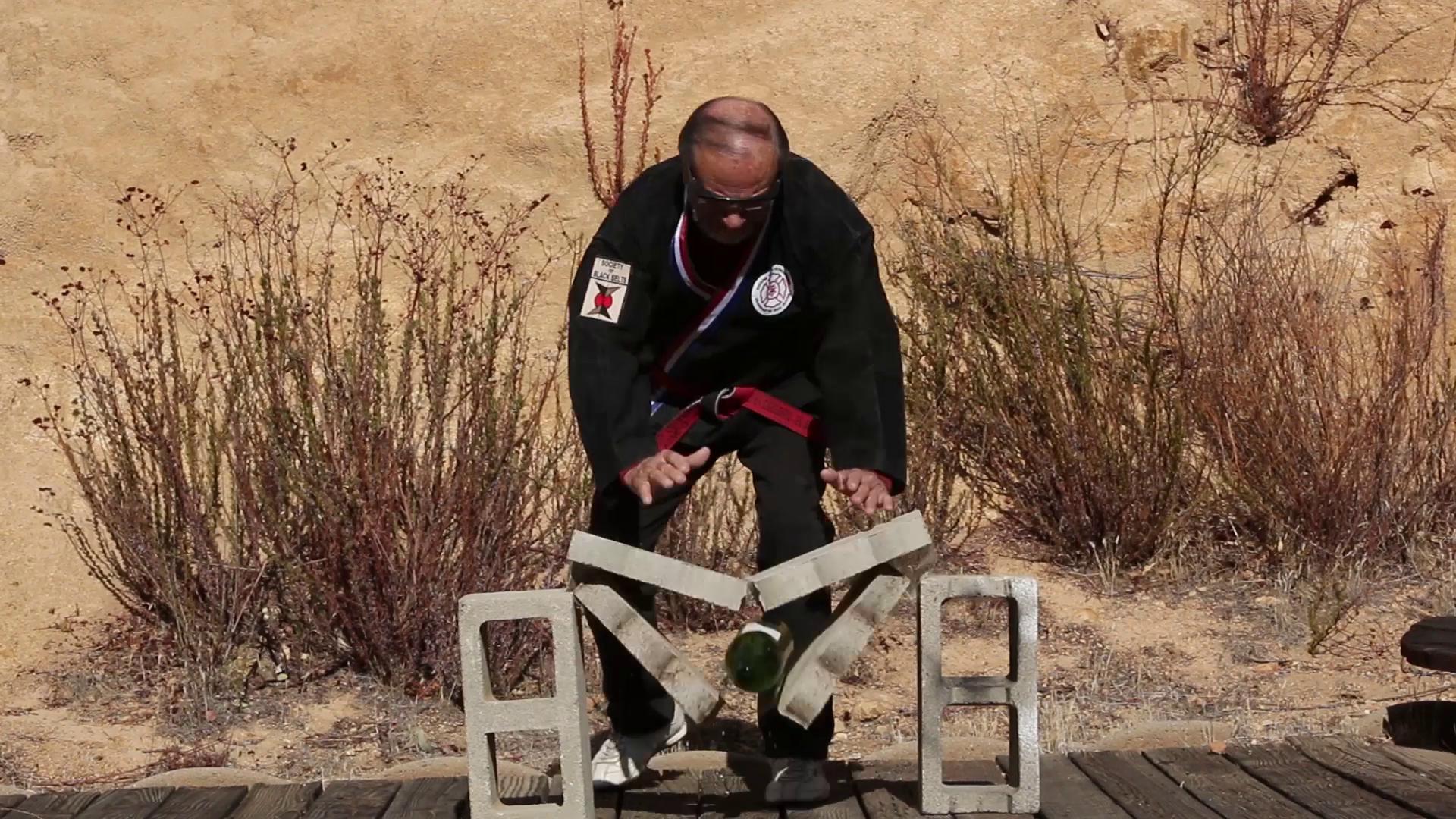During classes, I’m often asked about doing the left-sided versions of techniques. Why do we prefer to practice our material against a right hand attacker? Is this realistic? The short answer is, “It’s not realistic and we should practice our material on the left.”
There is a reason for practicing the right-handed techniques at the beginning. Most of the techniques are difficult to learn on a single side. Learning the left version immediate will only complicate the learning process and slow your training down. Coordination is a tricky beast. Focus your efforts on getting one side down smoothly and effortlessly. That’s when you really know it.

When you begin self-defense training, you are taking steps in the right direction towards total self-defense. However, after a few short months, you are not the expert you feel you’ve become. You have false skills – only a handful of techniques for a handful of situations. Think of your left and right side as weapons. Is it better to have two unloaded guns or one loaded gun?
As with all things in the martial arts (and life for that matter), things worth doing or having take time. Don’t rush it. We stagger the left-handed side in the requirements so you have a whole rank to work on one side and learn it well. Then the left side can be learned without reducing the effectiveness of the right-hand side. You can also reference your right-handed technique to see if you are doing it correctly.
My experience from teaching students is learning both sides at the same time often gets muddled. The happy student begins the technique on the right-handed side only to end with the left-handed technique. The brain needs time to process the information.
Feel free to try it at home in your practice. Experimentation is always encouraged. However, if you see it degrading your right-handed side during class, take a break and explore at a later date. You’ll see much better progress that way.
At Black Belt, you have developed better learning skills and coordination, so you learn both sides quickly. Though the same caveat applies, it doesn’t seem to affect Black Belt level students that much after First Degree. You just “get” Kempo by that time. Don’t rush your left-sided techniques but also don’t neglect them either.
You’ll need both sides eventually and it balances your repertoire as a warrior. What do you think about this training concept?


